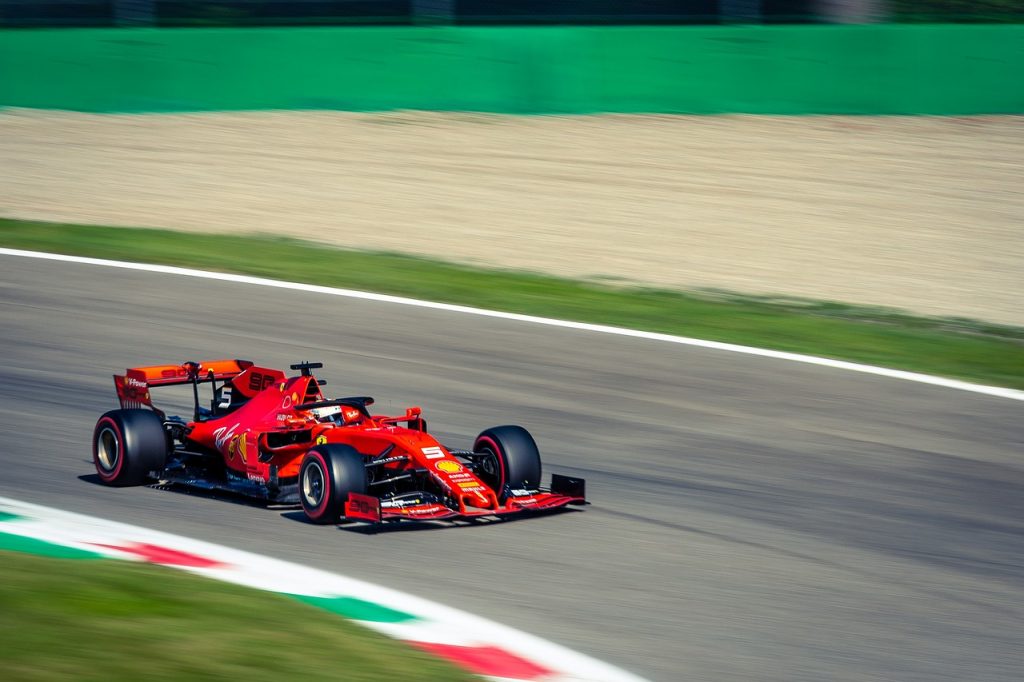Driver height plays a crucial role in Formula 1, often influencing car design and performance. For taller drivers, maintaining a balance between their weight and the car’s setup is essential to ensure optimal performance. Here’s a breakdown of the current F1 drivers’ heights and how this factor affects their experience on the grid.
Why Driver Height Matters in Formula 1
Height and weight are critical factors in Formula 1. Teams often adjust car setups to accommodate a driver’s physical dimensions, ensuring the vehicle performs at its best. For example, taller drivers typically require additional ballast to be strategically placed within the car to achieve proper weight distribution. This process helps in maintaining the car’s balance and stability during a race.
Over the years, the Fédération Internationale de l’Automobile (FIA) and drivers have worked to level the playing field regarding height and weight disadvantages. In 2019, F1 introduced a rule setting a minimum combined weight of 80 kilograms (176 pounds) for drivers, including their helmet, race suit, and shoes. This regulation aimed to prevent taller and naturally heavier drivers from being penalized. Before this change, teams could enforce strict weight targets, leading many drivers to adopt extreme diets to meet these demands—often at the expense of their health.
How Height Impacts Car Design and Comfort
The physical dimensions of a Formula 1 car are tightly regulated, with a minimum cockpit size of 850mm in length and 450mm in width. However, shorter drivers generally fit more comfortably, allowing teams to design smaller cockpits that optimize the car’s aerodynamic profile. Taller drivers, on the other hand, face unique challenges. Their height can result in cramped seating positions, making it harder to operate the car smoothly.
Esteban Ocon, one of the tallest drivers on the grid at 1.86 meters (6ft 1in), has often spoken about the discomfort taller drivers face. “In our sport, being taller only hinders you,” he explained. “These cars are built to be as compact as possible. They’re designed not for 6ft 2in athletes but for 5ft 7in, 5ft 8in drivers who fit much better in the car.” Taller drivers often find themselves hunched over in awkward positions, with their knees touching the top of the cockpit and their hands uncomfortably close to their feet.
Ocon further described the challenges he faced during his early career. His practice sessions in a Lotus designed for smaller drivers like Romain Grosjean and Pastor Maldonado were particularly tough. “I was super-high in the car,” he recalled. “It was just legal but tricky. The center of gravity was too high, and my knees were uncomfortable when turning.”
Similarly, Ocon’s debut season with Manor in 2016 posed its own difficulties. The car was initially designed for smaller drivers, such as Pascal Wehrlein and Rio Haryanto. He revealed that by the end of each race, his suit would be scratched and marked black due to the cockpit’s tight fit. Despite these challenges, Ocon’s skill and perseverance have allowed him to adapt and thrive in Formula 1.
The Tallest Drivers in Formula 1 Today
Sharing the title of tallest drivers on the 2024 grid, Esteban Ocon and Alex Albon both stand at 1.86 meters. Albon has also commented on the drawbacks of his height, emphasizing the challenges of fitting into cars designed for shorter athletes. Despite these hurdles, both drivers have consistently delivered strong performances, proving that height may be a challenge but not an insurmountable obstacle.
Striving for Equality in F1
The FIA continues to explore ways to ensure that physical differences among drivers do not unfairly impact their performance. While the introduction of the minimum weight rule has been a step forward, ongoing discussions about cockpit dimensions and car design aim to address the challenges faced by taller drivers.
Height may present unique hurdles in Formula 1, but drivers like Ocon and Albon exemplify resilience, adapting to their circumstances and delivering remarkable results on the track. Their experiences highlight the need for continued innovation in the sport to ensure that all drivers, regardless of their stature, can compete on an equal footing.





More Stories
Thomas Müller and the MLS: A Bizarre System, a New Chapter
BVB Earns Big Despite Disappointing Club World Cup Start
Verstappen Dominates Brazilian GP Sprint as Norris and Perez Complete Podium